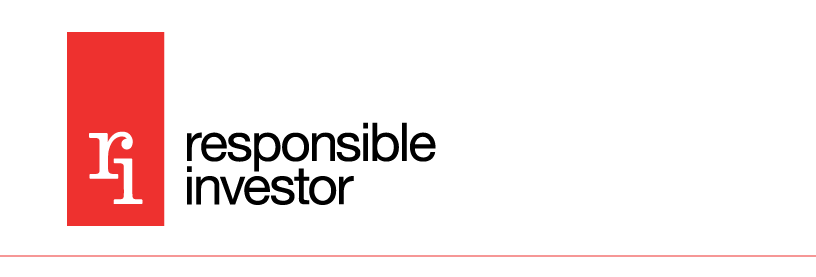
The company-level emissions reduction approaches used by climate standard-setter SBTi will not deliver global decarbonisation on their own and could be used to stave off government policies which are necessary for climate action, according to a new article published in the journal Science.
Its authors, which include climate scientists with contributions to IPCC assessment reports and sustainable finance academic Andreas Hoepner, have argued that SBTi’s target-setting framework would effectively use up the world’s remaining carbon budget without leaving room for the emergence of new market entrants and the innovation they could bring.
“These formulas assume, and thus favour, the continued presence and market dominance of existing companies until their specified target year, typically 2030 or around 2050 for net-zero targets,” they said.
“The allocation of the remaining emissions space exclusively among existing companies penalises new and possibly more efficient companies that could have growing emissions in a decarbonising market.”
The widespread adoption of SBTi’s methodology suggest that current market incumbents would be artificially insulated from free market competition with companies of the future if climate goals are to be met, the researchers concluded. The alternative would be to let newer companies set up operations and risk overshooting emission limits.
Although voluntary, SBTi has emerged as the de facto verification scheme for climate pledges worldwide in the absence of official government-backed programmes.
In its most recent progress report, the body said it had approved the climate targets of 1,097 companies in 2022, more than the total over the previous seven years.
Policy concerns
Separately, the article’s authors warned that positioning SBTi standards as aligned to net-zero pathways could dissuade broader policy action if taken at face value.
“By claiming that their emissions targets are validated by SBTi to be aligned with the 1.5C or net-zero objectives, companies might convey to their clients and to the regulators that the problem is taken care of without additional regulations and supervision of the enforcement of such regulation.”
The authors said existing literature supported the idea that companies could begin using voluntary targets to justify non-regulation, as part of a broader push to reduce the stringency of green policies.
Instead of relying solely on carbon emissions metrics, they suggested that company decarbonisation trajectories could also reflect the usefulness of their products in a decarbonising world, and target a broader range of climate indicators such as lobbying policies and supply chain influence.
Assuming that other decarbonisation methods are not yet invented, corporate pledges need to be dynamic and assessed within their particular market context, they said, adding that climate plans should allow for “ratcheting-up” of ambition in response to new technological and regulatory advances.
It is up governments and global authorities to “provide the legal and regulatory frameworks for companies to compete economically while contributing to sustainable innovation and emission reduction”, the researchers said.
Asked to comment on the actions companies should consider when making climate plans, Hoepner said: “As indicated in the paper, if companies find sufficient managerial will to aim for a scientific climate transition – not just one branded ‘science-based’ – they can simply imitate the trajectory of the EU’s Climate Transition Benchmarks (CTBs).
“The fund methodology leaves a 30 percent carbon budget provision for future innovators, is applied by investment funds worth over €200 billion and can be used by companies for free, even for commercial purposes.”
CTBs are a line of decarbonisation-themed benchmarks developed by EU authorities through a consultative process which involved Hoepner. They require companies to decarbonise their emissions intensity by 7 percent every year.
A representative for SBTi said the body would review the article in detail before responding.
Governance concerns
The peer-reviewed article in Science is the latest in a string of criticism towards the prominent climate NGO since its 2015 inception.
This month, SBTi employees and external advisers demanded that the body’s leadership backtrack after announcing plans to allow companies to use carbon offsets to meet their climate pledges.
Separate open letters published by employees and advisers claimed that stakeholders had not been consulted or informed about the decision by SBTi’s board, as required by the body’s governance policy.
This is not the first time questions have been raised over SBTi’s governance. The body has been separately named in academic research which claimed that SBTi’s chosen methodologies fall short of the technical standards of alternatives.
Other critics have raised concerns over “potential self-dealing and conflicts of interest” due to its close relationships with the bodies that have endorsed its methodology.
The body has also faced long-standing scepticism over its decision to enforce its own standards, an uncommon stance in a market where sustainability standard-setters generally use third parties to verify compliance and to avoid perceived conflicts of interest over fee-taking.
This context was referenced by the authors of the Science article. They said: “Allowing self-interested, commercially incentivised actors to choose among several methods proposed by an entity funded substantially by these actors facilitates the gaming of numbers, which reduces collective ambition.”


-238x150.png)







